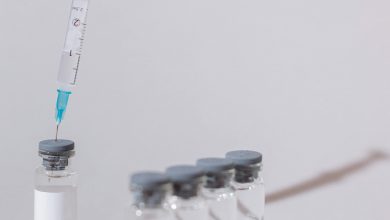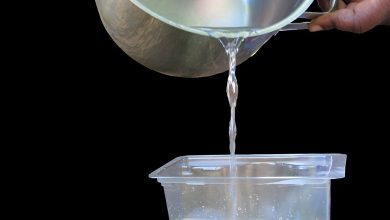As cases of sexual exploitation of girls continue to soar
While commendable efforts have been made towards ending the sexual abuse of Zimbabwean girls, there are however some worrisome statistics of the exploitation of girls by sexual predators.
The most disturbing fact is that most cases are only discovered after the child starts to show signs of pregnancy.
This usually translates to the realisation that the girl child could have been exposed to sexually transmitted infections like HIV since the abuse had not been detected or reported on time for the child to receive Post Exposure Prophylaxis (PEP).
Recently, Zimbabwe Statistics Agency (ZIMStat) revealed some heartrending statistics on adolescent pregnancies.
According to the 2022 Vital Census report, a total number of 69 335 adolescent females aged 10-19 years had live births 12 months preceding the census night in April 2022.
These statistics show that those girls did not get medical assistance within a period of 72 hours after the abuse which resulted in pregnancy.
This also means that all those girls were potentially exposed to HIV infection and other sexually transmitted infections since the abuse was not reported within the stipulated timeframe for them to get medical help.
In response to this problem, girl child rights advocate Opportunity Makanga of Mwanasikana Wanhasi bemoaned the worrisome situation in the country, despite the efforts being made towards ending sexual abuse of the girl child.
“It is shocking and saddening, to say the least considering the work that we are doing in advocating for the rights of girls and young women in the communities in Zimbabwe.
“It shows that we are taking one step forward and ten steps backwards because almost 70 000 cases were recorded. What about those who were not recorded? What about those who may have succumbed during childbirth or those who may have had backyard abortions?
“It simply means we are having more and more girls falling pregnant and it is clear that this is rape in most cases and the rape cases are happening within the family, probably the father or uncle or any other family member in that house,” said Makanga.
Makanga further revealed some of the repercussions of sexual abuse against young girls.
“We have seen it, we have evidence of some of the stories that we followed up on of girls who had fallen pregnant between the ages of 9 to 17.
“What this then means is that it will affect the education of the young girls and their health as well because they are still young people who are not yet ready to give birth, that is why we see the number of maternal mortality birth is going up.
“When girls are married off it means they are now vulnerable to more violence and HIV because these are young people aged 10 or 12, how can that young person negotiate for safe sex with their partner? This then means they are exposed to health hazards and poverty.
If they are married off at a tender age it means they are going to have more children and it results in a circle of poverty and probably the children who are born will face that same violence,” she said.
To curb the situation, Makanga called for a multi-sectoral stakeholders’ approach.
“We need to come together to make sure that we do not condone rape in our communities and households.
“If we keep quiet because the perpetrator is a breadwinner then we are not going anywhere as a community. We need to come together as activists, policymakers, law enforcement agents and the community so that we put a stop to this.”
Mwanasikana Wanhasi is carrying out a Comprehensive Sexuality Education for Indigenous Women program which is supported by Gender Links and Sexual Education for Transformation, supported by SAYWHAT.
Meanwhile, late last year, the Ministry of Health and Child Care’s Prevention of Mother-to-Child Transmission (PMTCT), revealed that 6000 pregnant women between the ages of 15 to 34 tested positive for HIV and AIDS in the year 2022 alone.




